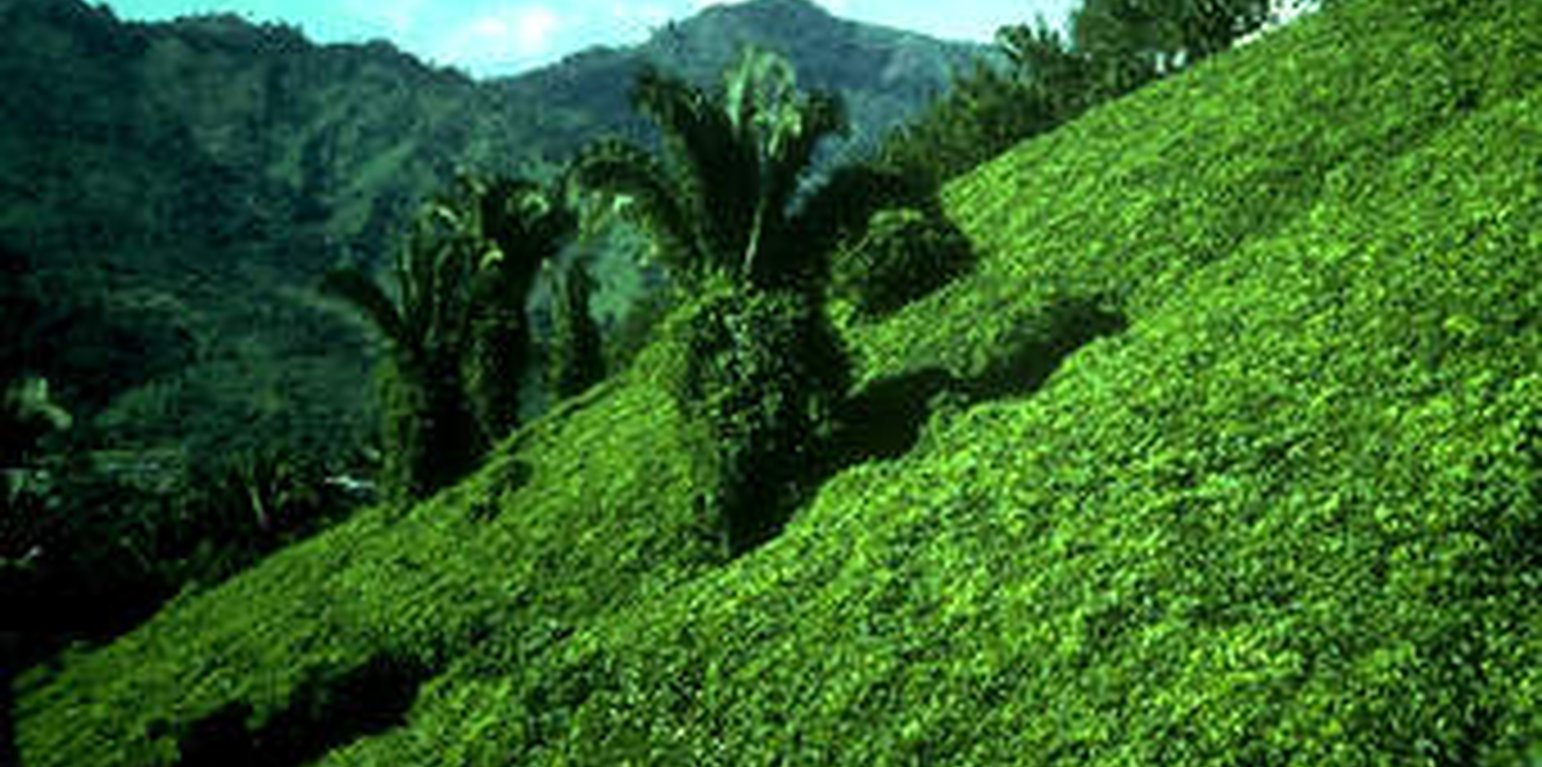



Weeds account for a substantial proportion of crop yield losses among farming communities in northern Uganda. Weeds reduce farm and forest productivity, by depriving them of soil nutrients and water, the latter especially during dry seasons.
Majority of farmers in northern Uganda weed fields using rudimentary methods such as hand-hoeing and hand picking; both of which are manual and ineffective. Mechanized and herbicide weeding methods are out of reach of typical small scale farmers in the region. Moreover, alternative, more cost effective and environmentally augmenting natural weed control methods such as cover crops or living mulch exist, but are yet to be adopted widely in the region. Cover crops are creeping leguminous crops such as Macuna beans (mucuna pruriens) and local wild beans, which are planted in fields purposely to suppress weeds, control runoff and soil erosion, conserve soil moisture, fix nitrogen, regulate soil temperature, improve soil structure and provide fodder for livestock.
In northern Uganda, cover crops are usually planted at a spacing of 2 meter by 2 meter (see figure below) and in holes of 5 cm depth. Cover mulches are generally planted after the main crops have been harvested to minimize cover crop-main crop competition for resources. Nevertheless, planting while the main crop is growing in the field is also possible. However, the main crops should be given up to five weeks to establish before planting your cover crop.
The cover crop technology, being a natural phenomenon is usually affordable by typical small scale farmers in northern Uganda. The only challenge is to access to quality seed of suitable cover crops. Otherwise, after sowing the first and purchased seed, the farmer uses own seed harvested from previous crops for subsequent season sowing. However, the farmer needs to ensure that cover crops do not become invasive in cropping fields. This is done by clearing cover crops just before their fruits mature. As such, only a portion of the cover crop to be left for seed purpose is allowed growth to full maturity.
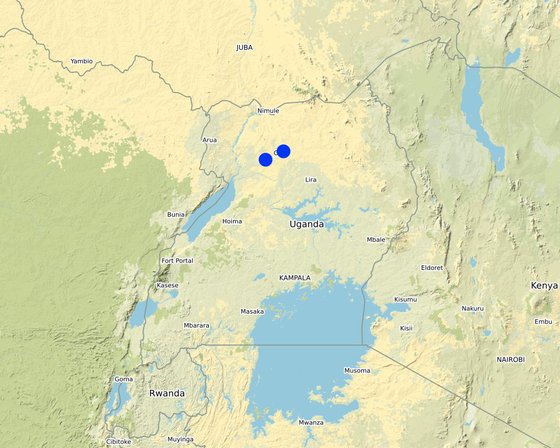
Lieu: Nwoya District, Gulu, Ouganda
Nbr de sites de la Technologie analysés: 2-10 sites
Diffusion de la Technologie: appliquée en des points spécifiques ou concentrée sur une petite surface
Date de mise en oeuvre: 2013
Type d'introduction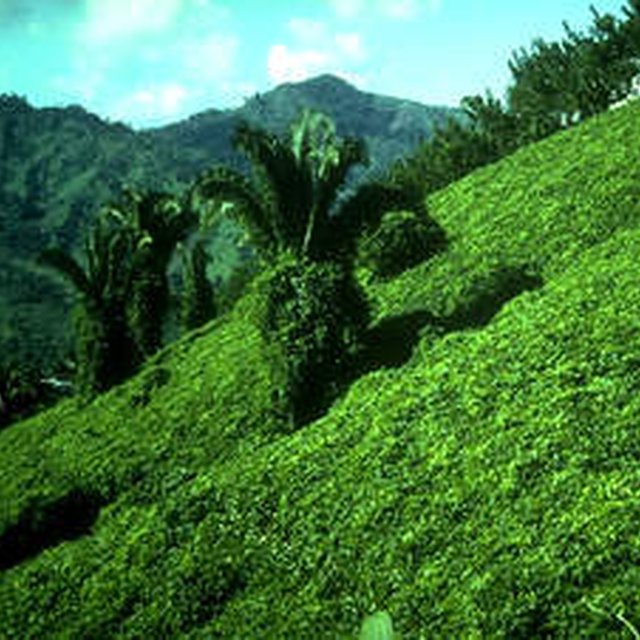








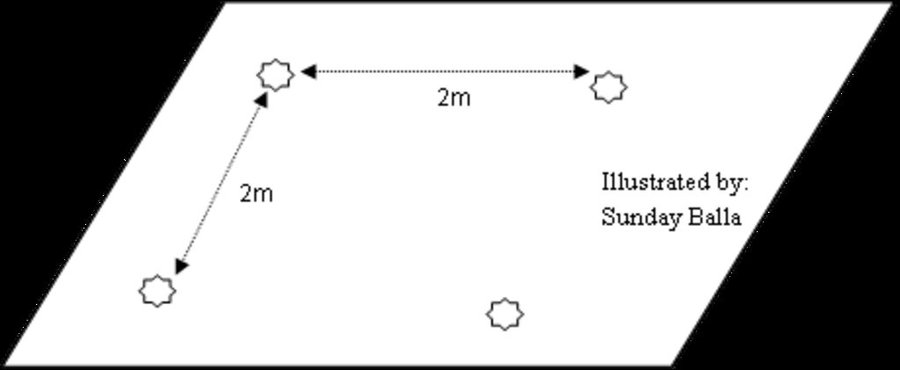
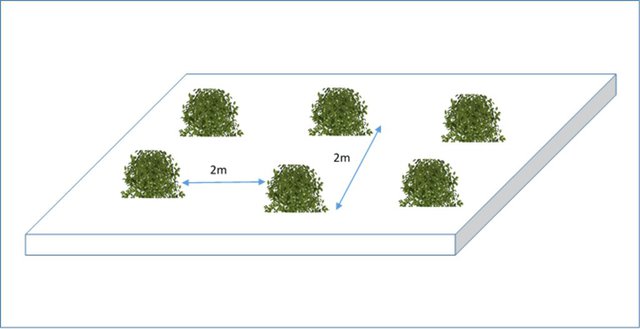
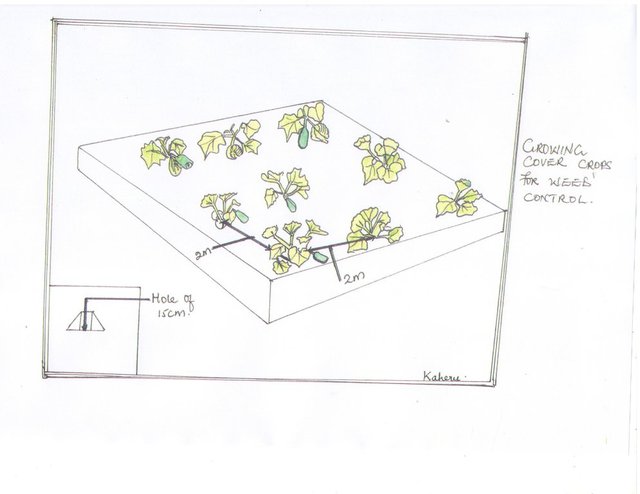
| Spécifiez les intrants | Unité | Quantité | Coûts par unité (uganda shillings) | Coût total par intrant (uganda shillings) | % des coût supporté par les exploitants des terres |
| Main d'œuvre | |||||
| During planting | personnel | 2,0 | 5000,0 | 10000,0 | 100,0 |
| Clearing | personnel | 6,0 | 5000,0 | 30000,0 | 100,0 |
| Harvesting | personnel | 1,0 | 5000,0 | 5000,0 | 100,0 |
| Equipements | |||||
| Hand hoe | pieces | 1,0 | 12000,0 | 12000,0 | 100,0 |
| Slashers | pieces | 1,0 | 6000,0 | 6000,0 | 100,0 |
| Matériel végétal | |||||
| Seeds | kg | 2,0 | 8000,0 | 16000,0 | 100,0 |
| Coût total de mise en place de la Technologie | 79'000.0 | ||||
| Spécifiez les intrants | Unité | Quantité | Coûts par unité (uganda shillings) | Coût total par intrant (uganda shillings) | % des coût supporté par les exploitants des terres |
| Main d'œuvre | |||||
| Planting | personnel | 0,5 | 5000,0 | 2500,0 | 100,0 |
| Slashing | personnel | 1,5 | 5000,0 | 7500,0 | 100,0 |
| Equipements | |||||
| Handhoe | pieces | 0,25 | 12000,0 | 3000,0 | 100,0 |
| Slashers | pieces | 0,25 | 6000,0 | 1500,0 | 100,0 |
| Coût total d'entretien de la Technologie | 14'500.0 | ||||
Quantité avant la GDT: 1200kg per ha
Quantité après la GDT: 1800kg per ha
Yields pertain to maize
Quantité avant la GDT: poor seed
Quantité après la GDT: good quality seed
Slashed cover crop as feeds
Quantité avant la GDT: 20000 per year
Quantité après la GDT: 0
Pertains to herbicides
Now weed garden once a season. Before farmers used to weed 2-3 times per season.